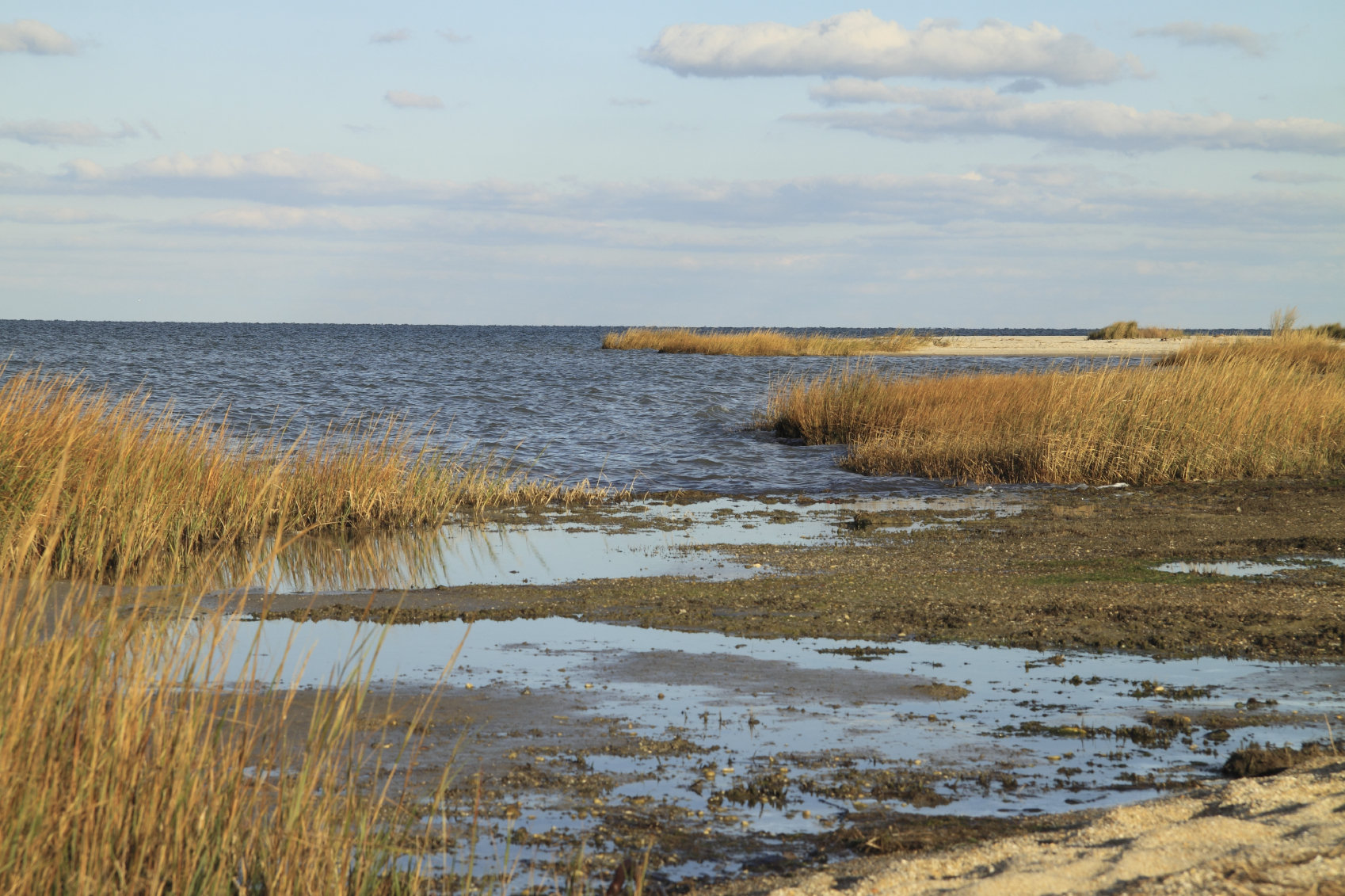
A Better Way to Restore the Chesapeake Bay
Government must address the nutrient and sediment discharges from the Conowingo Dam
Maryland officials expect to spend over $14 billion in the next decade to meet U.S. Environmental Protection Agency pollution mitigation targets for the Chesapeake Bay by 2025. The EPA intends to require other states in the Bay watershed to undertake similar efforts. The efforts will focus on pollution sources thought to be “controllable”: agricultural runoff, septic effluent, storm water runoff, and waste water treatment plant discharge, and will target nitrogen, phosphorus, and sediments.
Puzzlingly, these efforts ignore one of the most significant sources of these pollutants. The Conowingo Dam on the Susquehanna River near Rising Sun, Md., holds an enormous deposit of sediment rich in nitrogen and phosphorus. Periodic storms cause massive discharges of that sediment, dwarfing the pollution reduction amounts targeted by the EPA. Dredging the dam to reduce that sediment would be costly, but it would be far more efficient than the policy actions currently being implemented in Maryland and expected in other states.





